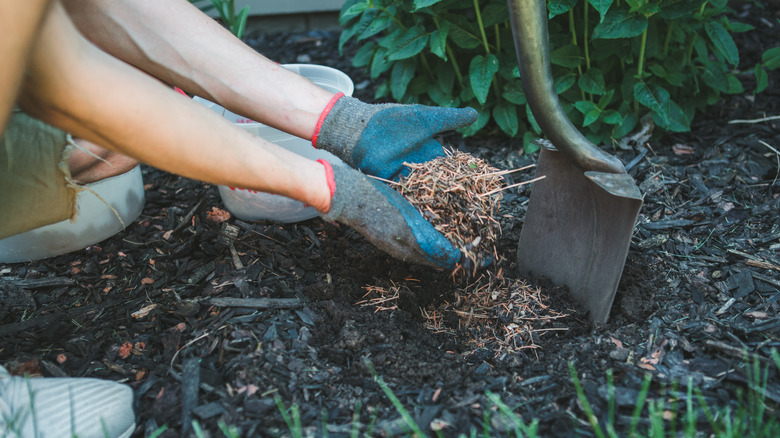Tips To Help Determine How Much Mulch You Need For Your Garden
Determining how much mulch you need for your garden begins with knowing a few key factors about the space you plan to cover. The first thing to do is measure the dimensions of the area, whether it's a rectangular garden bed or a circular plot. This gives you the square footage, which is the foundation of your calculations. Simply multiply the length by the width for rectangular spaces, or for round beds, multiply the radius squared by 3.14.
After calculating the size of the area, think about how thick you want the mulch layer to be. Mulch depth is crucial because laying down too much can suffocate plants and block air from reaching the soil, while too little may fail to control weeds or conserve moisture. A good rule of thumb is to aim for a depth of two to four inches, depending on the type of mulch you're using. Coarser materials like wood chips or stones can be laid thicker (up to four inches), whereas finer materials like shredded wood or pine needles are better at two inches.
Once you have your square footage and depth, you can use a mulch calculator to estimate how much mulch to order. For example, if your garden bed measures 300 square feet and you want a depth of two inches, you would multiply 300 by two and divide by 324 (the number of square feet one cubic yard of mulch covers at one inch deep).
Additional tips to fine-tune your mulch needs
Now that you've worked out the measurements, there are a few more factors to consider to ensure you're using the right amount of mulch without wasting resources. The type of mulch you choose plays a significant role in both its effectiveness and how much you'll need. Organic mulches like pine needles, straw, and wood chips break down over time, adding nutrients back into the soil, while inorganic options such as stone or shredded rubber last longer but don't offer the same soil benefits. However, mulching fallen leaves can be tricky – if not shredded properly, the leaves can mat down, suffocating your lawn rather than enriching it.
You also need to account for any existing features in your garden, such as trees or shrubs. Around trees, it's essential to avoid piling mulch into a volcano-like mound. Instead, spread it evenly in a flat layer around the base to allow water and nutrients to reach the roots. This also prevents harmful fungi from building up around the trunk. Too much mulch can be worse than none at all, as it can lead to excess moisture, which can rot plant stems or roots.
Whether you're buying bagged mulch or having it delivered by the yard, make sure to match your calculations to the packaging. A cubic yard of mulch covers around 108 square feet at three inches deep, while a standard 3-cubic-foot bag will cover roughly 18 square feet at the same depth.

